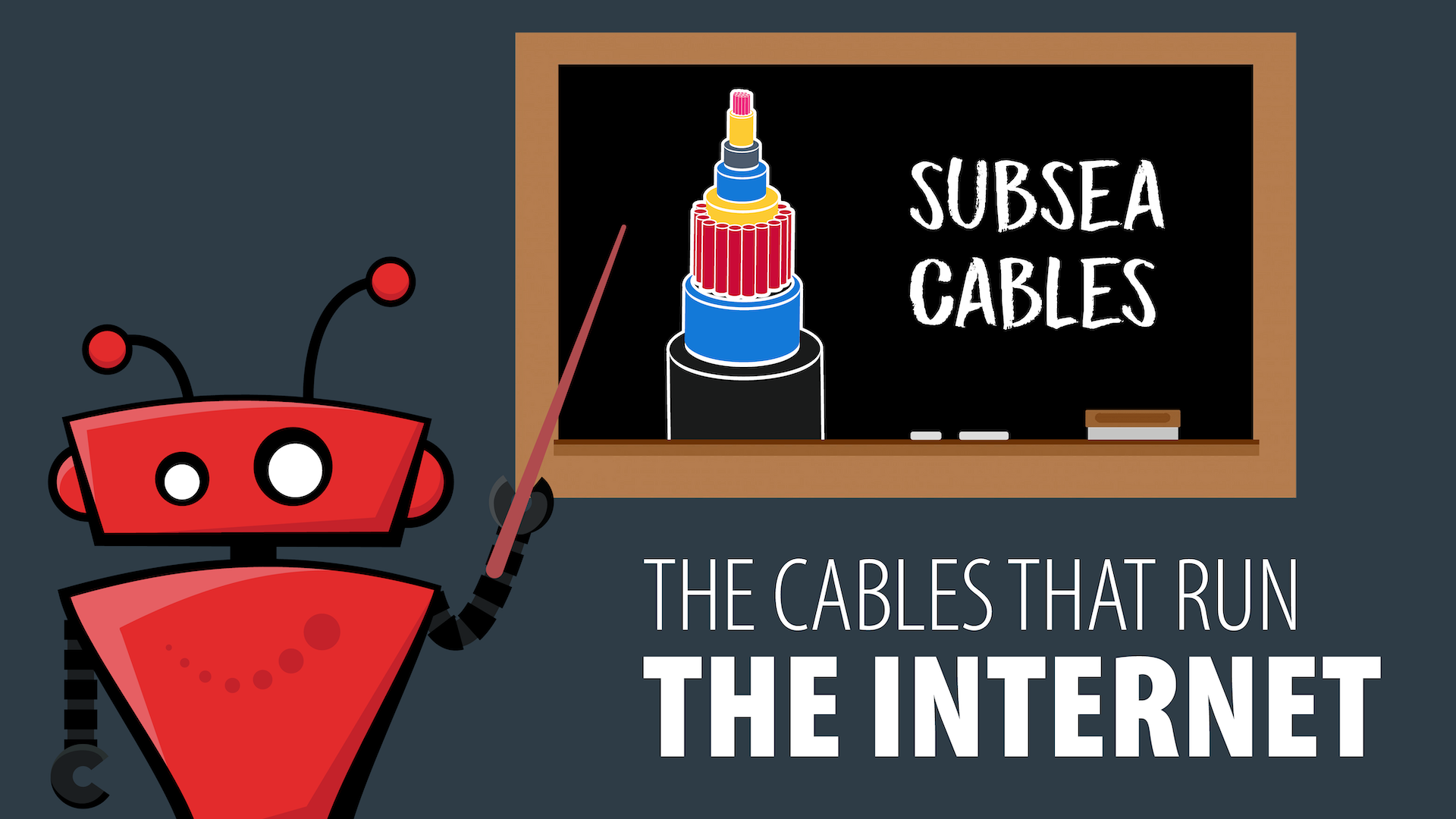Did you know there’s a network of subsea cables draped across the ocean floor transmitting audio and visual connectivity? These bundles of glass fiber that is as thin as hair, thousands of miles long, and as thin as a garden hose are high-tech marvels. Amitie, a newly completed transatlantic cable, funded by Microsoft, Meta, and other; it is 400,000 times faster than your home broadband, carrying 400 terabits of data per second.
These subsea cables are considered the “workhorses” of global communications and commerce; they carry more than 99% of traffic between continents. Alan Mauldin, an analyst with TeleGeography, an organization specializing in collecting and analyzing transcontinental data, says that “The whole network of undersea cables is the lifeblood of the economy.” Subsea cables mean faster internet speeds, 3%-4% boost in employment, 5%-7% boost in economic activity, and lower prices.
These state-of-the-art cables aren’t cheap. They check out to cost about $250 million – $300 million to install. TeleGeography projects that $10 billion will be spent in 2023 to 2025 in new subsea cables around the world. New and impressive cables will have even more capabilities, particularly one new cable that stretches from France to Singapore; connecting 17 other countries. Other new cables are being built to connect Europe, Africa, Asia, the Middle East, the Americas, and many other island nations.
Source:
Shankland, Stephen. “The Secret Life of the 500+ Cables That Run the Internet.” CNET, 6 Aug. 2023, www.cnet.com/home/internet/features/the-secret-life-of-the-500-cables-that-run-the-internet/.





